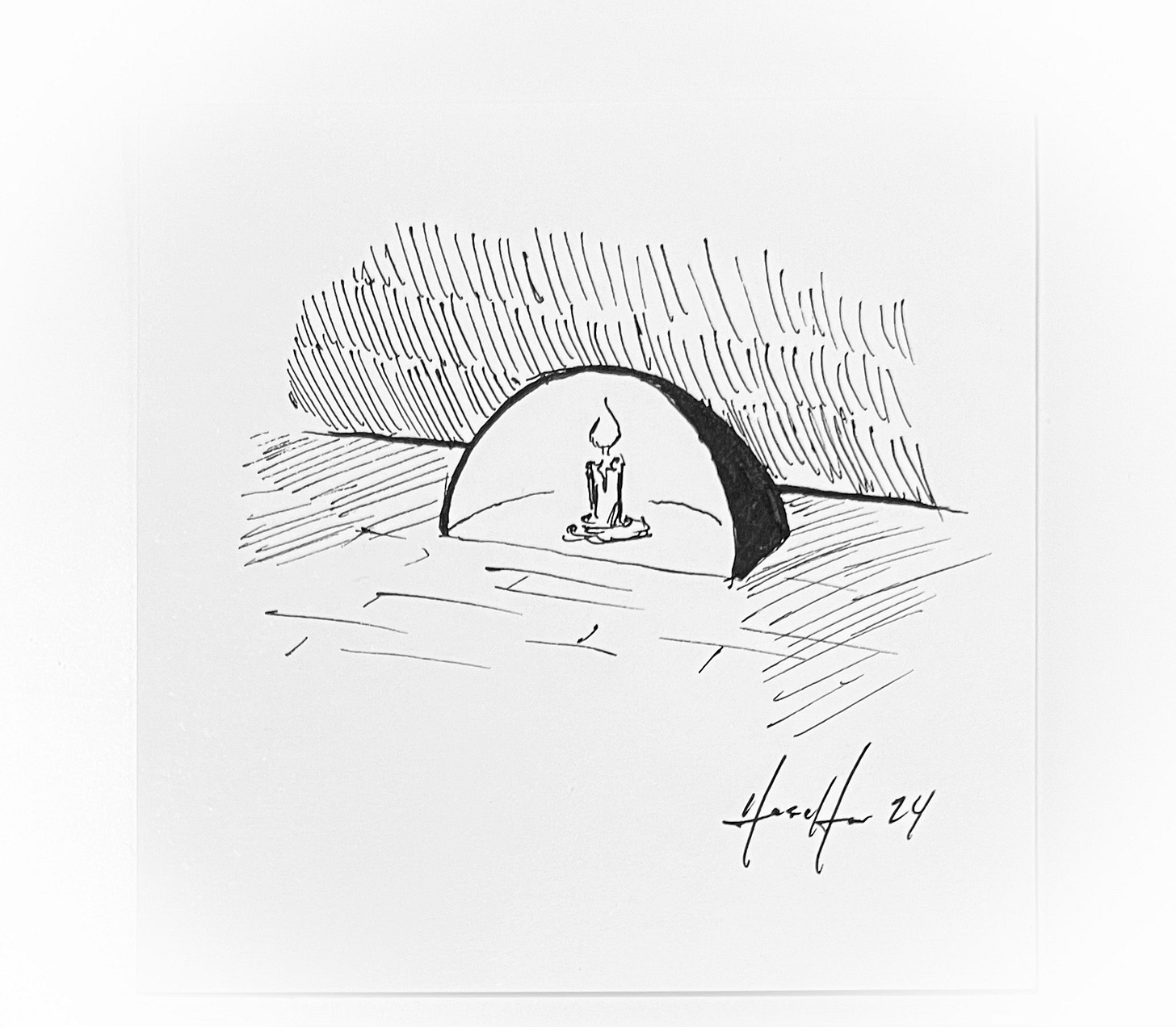Loving the Fight: Part 0, Introduction
The artist and writer must not only fight, they must love the fight
Acknowledgment: Mark Daniel Cohen, a friend from my days attending the European Graduate School in Switzerland, 2003–2004, is the inspiration for this essay series and its title, its driving thought. Several years ago, during a time of sadness and frustration, I asked MDC what motivated him to continue writing, to continue his work in philosophy and aesthetics and poetry. I was on the point of giving up, and he was having none of it. He replied, “My answer to your question is easy. You have to love the fight. Don't fight in order to get to the finish—no one lasts that long. On this planet, you have to love the fight.” Those three sentences, so simple, so concise, set me on the journey from which these essays grew. And while he may not agree with everything I say, I humbly thank him for his help in bringing me to this understanding. —BRH, 2024
We begin by setting the stage, for an act of artistic creation, whether by a writer or an artist, is a drama of sorts. So we turn off the house lights and switch on the floods. Surrounded by the darkness of a limitless proscenium and the cavernous uncertainty of the auditorium, the warm boards await the tread of booted feet aiming upstage for an unforgettable moment. Stage left the writer enters and clears his throat quietly.1 The bell rings, and the performance begins.
This is the fight. But what is the fight, exactly? Is it the act of creation? Is it the act of writing? Is it the act of thinking hard thoughts and crafting the proper vehicle for their delivery? Or is it placing those thoughts—exposed to great risk—into the ring where they are tested and beaten, bloody, and maybe victorious? I think it is.
The Fight is taking the risk that your ideas are worthless, that your work is crap until it isn’t. It’s understanding that you aren’t the best until you have beaten the best publicly and for all to see. It's getting back up and fighting again and again, even when your teeth are hanging by threads, your forearms aching and your kidneys on fire.2
The Fight is, at its most fundamental level, yours. The Fight is your own quest for artistic survival and authorial perpetuation, it’s the fight to effect a transcendence in others, or to initiate some change in those who encounter your work.3 It’s the exposure, the risk, the exhaustion of a battle fought because it has to be fought. One shouldn’t run away from this.
If you don’t Fight, your inner force will dissipate. Sure, if you fight, you might lose, but embarrassment is not the worst thing to happen to an artist or writer; shame is not the worst burden to bear; nor are “hurt feelings.” No, the worst thing is accomplishing nothing, and then dying. It is, perhaps, the only thing worth regretting in this life, other than harming a child or the vulnerable.
But the solution is not just to fight. The solution, as MDC says, is to love the fight.
The essays in this series will examine: (links will be added as they are published)
The Playground
The Opponent
The Training
The Conditioning
The Fight Defined
Loving the Fight
As the speech readies itself to launch past the first row, his eyes look for the glint of other eyes, the audience. This audience will decide whether or not applause will follow or vegetables. They will decide whether or not to encourage others to see the performance, and critics will scold the venue or praise it for its bad taste or lack thereof. This is the risk an artist takes.
The fight is not effort visible only under the microscope, for those with privileged access to the microscope. If you only create for yourself, you create for the supreme Nobody. But you can’t just write for your kids, either, that's an unfair burden to place upon them. Nor can you write for your spouse, they have other things to worry about. And you definitely cannot rely upon your friends or other loved ones to bear the exhausting brunt of your efforts. Teachers? Forget it. Other artists? Please. You need the public, who will take you or leave you, and this is good.
As an artist, you must go outside your own clan if you hope to create without censure, disgust, or, more likely, eyerolls. It’s true, family and friends are helpful for the support and stabilization of one’s efforts. Family and friends can provide the structure within which we can grow. But the outside world is where the combat must take place.


